In the realm of transportation and logistics, gasoline tanker trucks play a pivotal role in ensuring the efficient and safe delivery of fuel to various destinations. At CarMax Vehicle, we understand that the dimensions of these specialized vehicles are crucial for optimizing operations, adhering to regulatory standards, and ensuring safety on the roads. This comprehensive guide delves into the intricate details of gasoline tanker truck dimensions, providing valuable insights for businesses aiming to enhance their fuel transportation logistics.
Understanding Gasoline Tanker Truck Dimensions
Gasoline tanker trucks are engineered to transport liquid fuel safely and efficiently. Their dimensions are not arbitrary; they are meticulously designed to balance capacity, maneuverability, and compliance with legal standards. Key dimensions include overall length, width, height, and the capacity of the tanker itself. These measurements influence everything from the type of routes the truck can take to the ease with which it can be loaded and unloaded.
Standard Dimensions of Gasoline Tanker Trucks
The dimensions of gasoline tanker trucks can vary based on manufacturer specifications, regional regulations, and specific use cases. However, most gasoline tanker trucks adhere to certain standard measurements to ensure consistency and reliability across the industry.
| Dimension | Standard Measurement |
|---|---|
| Overall Length | 30 to 40 feet (9 to 12 meters) |
| Width | 8.5 feet (2.6 meters) |
| Height | 13.5 to 14.5 feet (4.1 to 4.4 meters) |
| Tank Capacity | 5,000 to 12,000 gallons (18,927 to 45,424 liters) |
These standard dimensions ensure that gasoline tanker trucks can navigate highways, fit within loading docks, and comply with height and weight restrictions imposed by various jurisdictions.
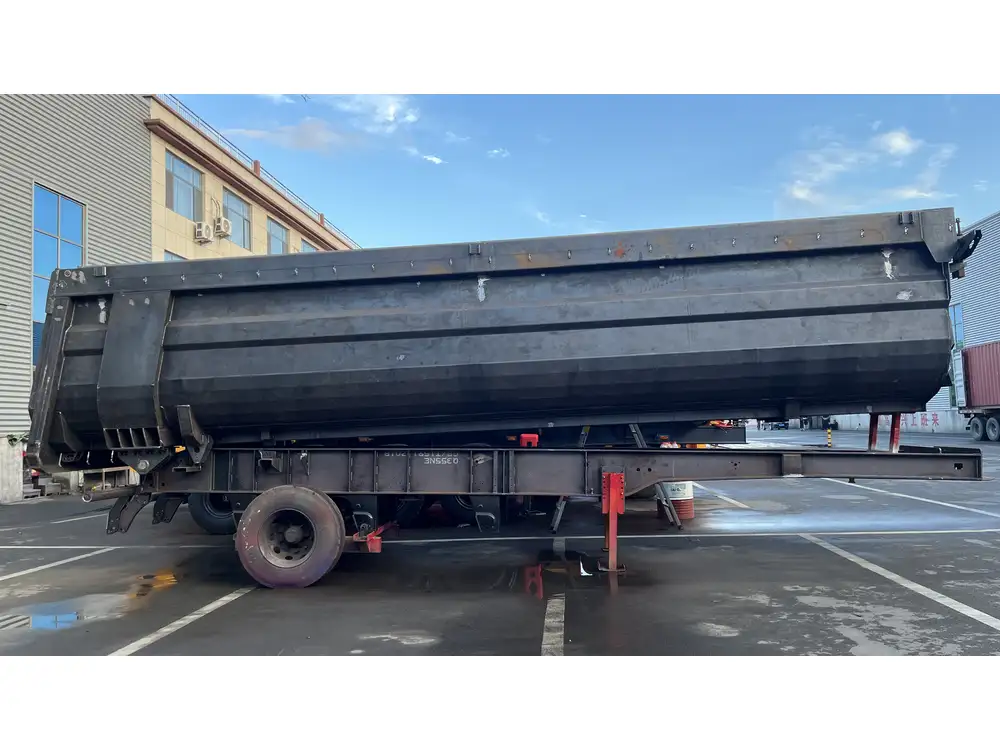
Types of Gasoline Tanker Trucks
Gasoline tanker trucks come in various configurations, each tailored to specific transportation needs. Understanding these types is essential when considering dimensions tailored to operational requirements.
Single Tank vs. Dual Tankers
- Single Tankers: Feature one large tank and are typically used for straightforward fuel transportation routes.
- Dual Tankers: Equipped with two separate tanks, allowing for the simultaneous transport of different fuel types or increasing overall capacity.
Self-Propelled vs. Tractor-Trailers
- Self-Propelled Tankers: Incorporate both the tank and the driving cab into a single unit, offering enhanced maneuverability in urban environments.
- Tractor-Trailers: Consist of a separate tractor unit and trailer, providing greater flexibility and higher capacity for long-distance transportation.
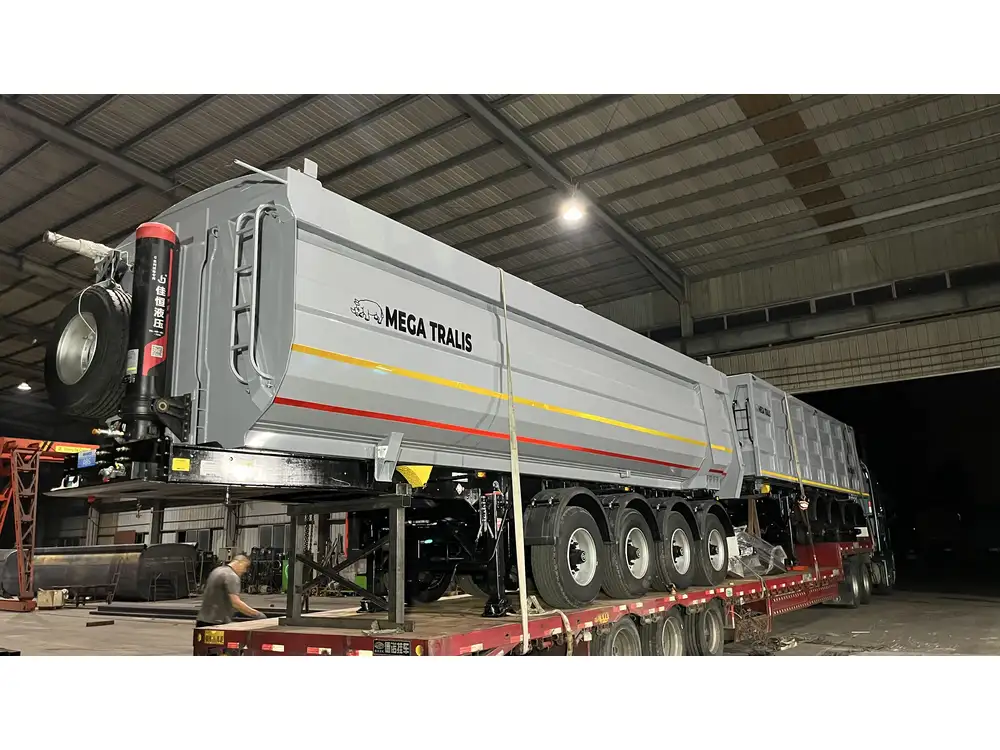
Regulatory Influences on Tanker Dimensions
Compliance with local, state, and federal regulations is paramount in the design and operation of gasoline tanker trucks. These regulations dictate maximum allowable dimensions to ensure road safety and infrastructure compatibility.
Key Regulatory Considerations
- Length and Weight Restrictions: Varied by region, these limits prevent overloading roads and bridges.
- Height Limitations: Essential for avoiding collisions with overpasses and ensuring safe passage under bridges.
- Width Constraints: Ensure that tanker trucks can safely navigate lanes and avoid encroaching on adjacent traffic.
Impact of Regulations on Design
Manufacturers like CarMax Vehicle design tanker trucks to meet or exceed these regulatory standards, often incorporating adjustable features to accommodate different regional requirements.

Customizing Tanker Dimensions for Specific Needs
While standard dimensions serve as a reliable baseline, many businesses require tailored solutions to meet unique operational demands. CarMax Vehicle offers customizable tanker dimensions to cater to diverse transportation needs.
Factors Influencing Custom Dimensions
- Route Specifics: Urban routes may necessitate shorter lengths and lower heights, while highway routes can accommodate larger dimensions.
- Load Requirements: Higher capacity needs may influence the length and tank size of the tanker.
- Operational Efficiency: Optimizing dimensions for quicker loading and unloading processes can enhance overall efficiency.
Examples of Custom Configurations
| Custom Feature | Possible Adjustments |
|---|---|
| Tank Height | Lower profiles for easier loading in constrained spaces |
| Overall Length | Extended lengths for increased capacity on highways |
| Axle Configuration | Additional axles for weight distribution and compliance |

Safety Considerations Related to Tanker Dimensions
Safety is a paramount concern in the transportation of volatile substances like gasoline. The dimensions of tanker trucks play a critical role in mitigating risks and ensuring secure transport.
Stability and Handling
- Center of Gravity: Proper dimensions help maintain a low center of gravity, enhancing stability during transit.
- Maneuverability: Adequate length and width facilitate safer turns and lane changes, reducing the risk of accidents.
Emergency Response
- Accessibility: Well-dimensioned tanker trucks allow emergency responders quick access in case of incidents.
- Visibility: Optimal height and design ensure that drivers have clear visibility, reducing blind spots and enhancing reaction times.

Technological Advancements Impacting Tanker Dimensions
Advancements in technology have enabled more efficient and adaptable tanker designs, allowing for optimized dimensions without compromising on capacity or safety.
Lightweight Materials
Utilizing advanced materials reduces overall weight, allowing for greater fuel capacity within the same dimensional constraints.
Modular Tank Systems
Modular designs enable sections of the tanker to be adjusted or replaced, offering flexibility in managing payload and adapting to different routes.

Enhanced Aerodynamics
Improved aerodynamic designs not only increase fuel efficiency but also influence the overall height and shape of the tanker.
Comparative Analysis: CarMax Trailer vs. Competitors
When selecting a gasoline tanker truck, evaluating the dimensions and features offered by different manufacturers is essential. CarMax Trailer stands out in the market due to its commitment to customizable dimensions and adherence to safety standards.
CarMax Trailer Features
- Customizable Sizes: Tailored dimensions to meet specific client needs.
- Regulatory Compliance: Designs that adhere to diverse regional standards.
- Advanced Materials: Use of lightweight, durable materials for enhanced efficiency.
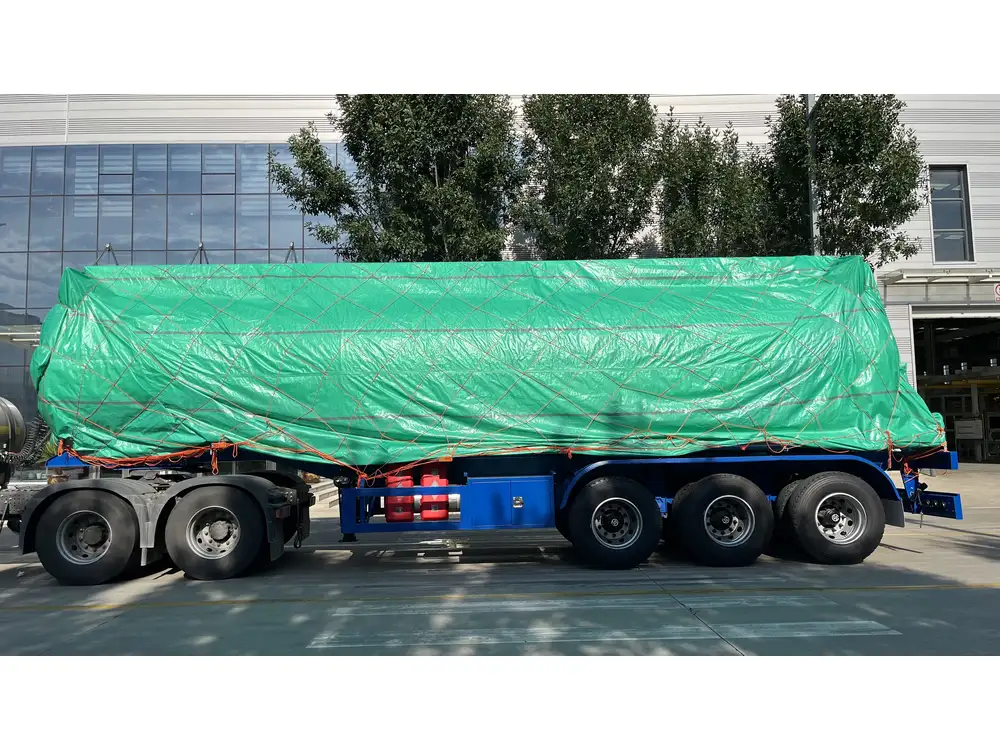
Competitor Overview
While other manufacturers offer standard dimensions, CarMax Trailer’s focus on customization provides a distinct advantage for businesses with unique transportation requirements.
Choosing the Right Dimensions for Your Business
Selecting the appropriate dimensions for a gasoline tanker truck involves a strategic assessment of various factors that impact operational efficiency and compliance.
Step-by-Step Dimensional Analysis
- Assess Transportation Routes: Determine the typical routes, considering road types and size restrictions.
- Evaluate Load Requirements: Define the average and peak fuel transportation needs.
- Consider Regulatory Constraints: Identify regional dimension and weight regulations.
- Optimize for Maneuverability and Stability: Ensure that the selected dimensions facilitate safe and efficient handling.
- Factor in Future Growth: Choose dimensions that allow scalability as business needs evolve.
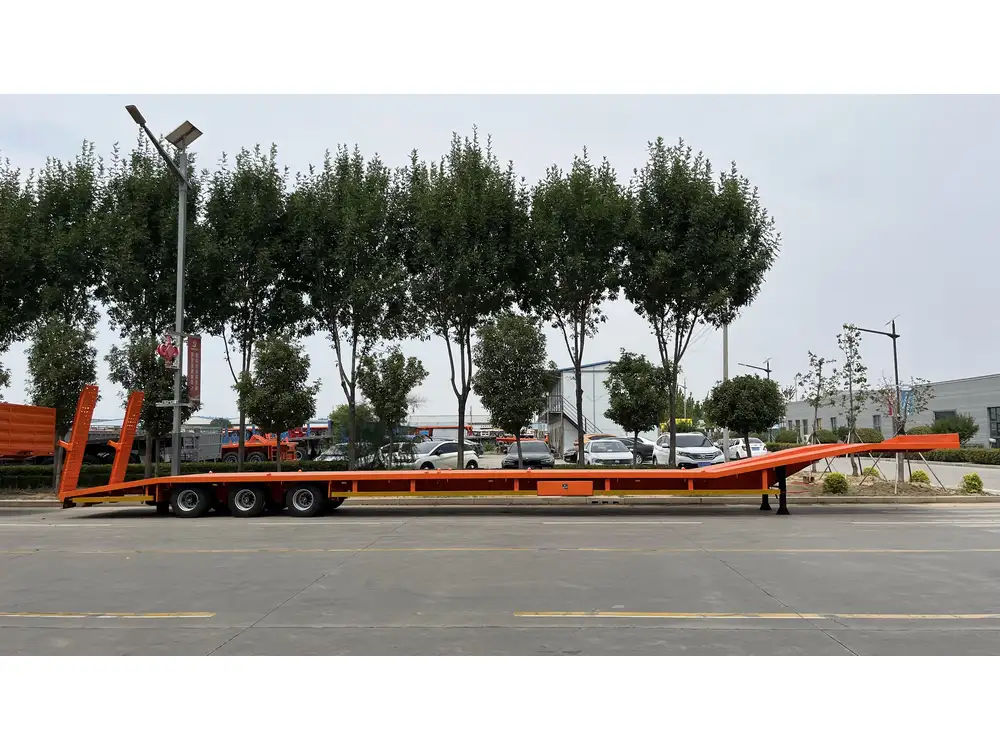
Practical Recommendations
- For urban operations: Opt for shorter, narrower tankers with lower heights.
- For long-haul transportation: Utilize longer tankers with higher capacities, ensuring compliance with highway regulations.
- For mixed-route operations: Consider modular or adjustable designs that can adapt to varying requirements.
The Role of CarMax Vehicle in Optimizing Tanker Dimensions
At CarMax Vehicle, we pride ourselves on our expertise in designing gasoline tanker trucks that perfectly balance dimensions, capacity, and compliance. Our engineering team collaborates closely with clients to understand their specific needs, ensuring that each CarMax Trailer is a bespoke solution tailored to enhance operational efficiency and safety.
Commitment to Quality
Every CarMax Trailer undergoes rigorous testing to ensure that its dimensions and construction meet the highest industry standards. Our dedication to quality ensures that our clients receive reliable and safe transportation solutions.

Innovative Design Solutions
Leveraging the latest technological advancements, we continuously innovate to offer tanker trucks that are not only dimensionally optimized but also incorporate features that enhance performance and durability.
Future Trends in Gasoline Tanker Truck Dimensions
The transportation industry is ever-evolving, with emerging trends shaping the future of gasoline tanker truck design and dimensions.
Electrification and Hybrid Models
As the industry shifts towards sustainable energy solutions, electric and hybrid gasoline tanker trucks are becoming more prevalent. These models may require different dimensional considerations to accommodate battery systems and other technologies.

Autonomous Driving Technologies
The integration of autonomous driving systems may influence tanker dimensions, as space is needed for sensors and other technological components essential for autonomous operations.
Enhanced Safety Features
Future designs will likely incorporate advanced safety features, necessitating adjustments in dimensions to integrate technologies such as collision avoidance systems and automated load management.
Conclusion
Understanding the dimensions of gasoline tanker trucks is fundamental to optimizing fuel transportation operations. At CarMax Vehicle, we offer meticulously designed CarMax Trailers that cater to diverse transportation needs, ensuring compliance, safety, and efficiency. By considering factors such as route specifics, load requirements, and regulatory constraints, businesses can select the ideal tanker dimensions to enhance their logistics capabilities. As the industry advances, CarMax Vehicle remains committed to delivering innovative and dimensionally optimized solutions that drive operational success.
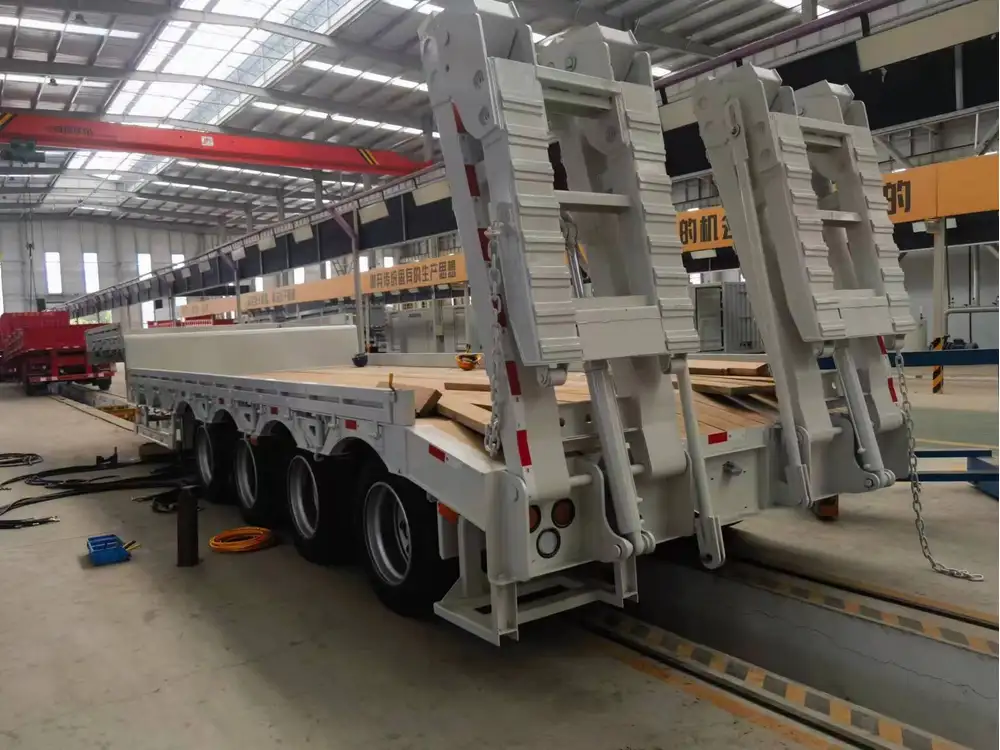
Frequently Asked Questions
1. What are the typical weight limits for gasoline tanker trucks based on their dimensions?
Weight limits vary by region and are influenced by the truck’s dimensions, number of axles, and local regulations. Generally, a standard gasoline tanker truck with a 5,000 to 12,000-gallon capacity can range from 40,000 to 80,000 pounds, including the vehicle and payload.
2. How do regional regulations impact the dimensions of gasoline tanker trucks?
Regional regulations dictate maximum allowable lengths, widths, heights, and weights for tanker trucks. These regulations ensure safety on roads, prevent infrastructure damage, and maintain traffic flow. It’s essential to design tanker dimensions that comply with the specific standards of the regions where they will operate.

3. Can gasoline tanker trucks be customized for transporting different types of fuels?
Yes, gasoline tanker trucks can be customized to transport various types of fuels. Dual tankers, for example, are designed with separate compartments to carry different fuel types simultaneously, enhancing operational flexibility and efficiency.
4. How do tanker truck dimensions affect fuel transportation efficiency?
Optimized dimensions ensure maximum fuel capacity without exceeding regulatory limits, reducing the number of trips required. Properly sized tanker trucks also facilitate easier loading and unloading, minimize fuel spillage risks, and enhance overall operational efficiency.
5. What safety features are influenced by the dimensions of a gasoline tanker truck?
Safety features influenced by tanker dimensions include stability mechanisms, emergency access points, and the integration of collision avoidance systems. Adequate space within the tanker design allows for the incorporation of these features, ensuring safe transportation of gasoline.



